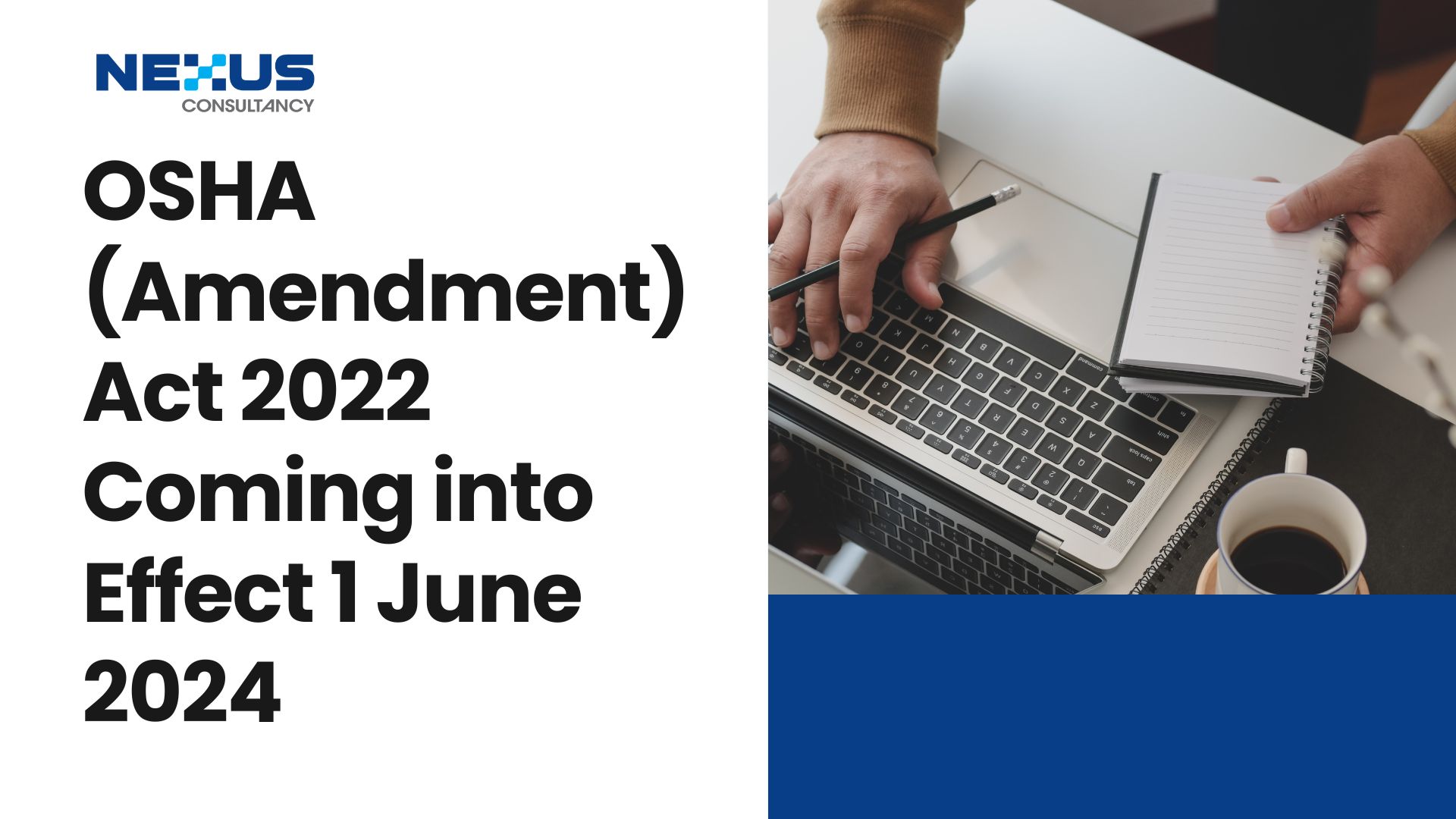
Danielle Tan
Chief Operating Officer
The ISO 14064-1 standard provides guidelines for organizations to quantify, monitor, and report greenhouse gas emissions and removals. This aims to explain the purpose and scope of ISO 14064-1, helping readers understand its importance in greenhouse gas reporting and environmental management.

Carbon reporting stands as a pivotal element in combating climate change, with the ISO 14064-1:2018 standard and the Greenhouse Gas (GHG) Protocol emerging as leading frameworks. Each offers guidance on measuring and disclosing greenhouse gas emissions, yet diverges in methodology and categorization.
ISO 14064-1:2018 Part 1: Specification with Guidance at the Organization Level for Quantification and Reporting of Greenhouse Gas Emissions and Removals
ISO 14064-1:2018 specifies principles and requirements at the organization level for the quantification and reporting of greenhouse gas (GHG) emissions and removals. It includes requirements for the design, development, management, reporting and verification of an organization’s GHG inventory.
Part 1 (ISO 14064-1): Specification with Guidance at the Organization Level for Quantification and Reporting of Greenhouse Gas Emissions and Removals
ISO 14064-1:2018 organizes GHG emissions into six categories at the organizational level:
- Direct GHG emissions and removals (Category 1): Arising from sources within the organization’s boundaries, such as fuel combustion in boilers or company vehicles.
- Indirect GHG emissions from imported energy (Category 2): Stemming from energy production consumed by the organization, like purchased electricity.
- Indirect GHG emissions from transportation (Category 3): Originating from transportation sources external to the organization, e.g., employee air travel.
- Indirect GHG emissions from products used by the organization (Category 4): Generated during the production of utilized products, like emissions from manufacturing company computers.
- Indirect GHG emissions associated with the use of the organization’s products (Category 5): Resulting from customer use of the organization’s products, such as emissions from driving cars sold by an automotive company.
- Indirect GHG emissions from other sources (Category 6): Encompassing miscellaneous indirect emissions not covered in Categories 2 to 5, such as emissions from organization-produced waste.
Categories 3 to 6 necessitate a significance assessment to prevent double counting and determine included sources in the GHG inventory.

The Greenhouse Gas Protocol
The Greenhouse Gas Protocol Initiative is a multi-stakeholder partnership of businesses, non-governmental organizations (NGOs), governments, and others convened by the World Resources Institute (WRI), a U.S.-based environmental NGO, and the World Business Council for Sustainable Development (WBCSD), a Geneva-based coalition of 170 international companies. Launched in 1998, the Initiative’s mission is to develop internationally accepted greenhouse gas (GHG) accounting and reporting standards for business and to promote their broad adoption.
Conversely, the GHG Protocol classifies emissions into three “scopes”:
- Scope 1: Direct GHG emissions similar to ISO 14064 Category 1.
- Scope 2: Indirect GHG emissions from imported energy similar to ISO 14064 Category 2.
- Scope 3: All other indirect emissions within the organization’s value chain, encompassing ISO 14064 Categories 3, 4, 5, and 6.
Moreover, the GHG Protocol introduces “Scope 4,” accounting for avoided emissions outside a product’s lifecycle or a company’s value chain, like emissions saved through telecommuting or energy-efficient products.
While differing in approach, both frameworks offer valuable tools for carbon accounting. The choice between them hinges on an organization’s specific needs and reporting obligations. Notably, organizations can integrate management systems that address both frameworks. For instance, employing ISO 14064 for categorization and reporting of direct and indirect emissions, and incorporating the GHG Protocol’s “Scope 4” concept to identify and report avoided emissions.

Considerations when choosing between the GHG Protocol and ISO 14064 frameworks for carbon accounting depend on various factors, including:
- Regulatory Requirements: Organizations should assess which framework aligns with the regulations or standards applicable to their industry or region. Some regulatory bodies may recommend or require the use of specific frameworks.
- Reporting Needs: Understanding the organization’s reporting requirements is crucial. For instance, if stakeholders or regulators expect emissions reporting in alignment with certain protocols, the organization may need to prioritize compliance with those expectations.
- Resource Availability: Assessing the availability of resources, including expertise, time, and financial resources, is essential. Some organizations may find it easier to implement one framework over the other based on resource constraints.
- Compatibility with Existing Systems: Organizations should evaluate how each framework integrates with existing management systems and processes. Compatibility with existing software, data collection methods, and internal reporting structures can impact the ease of implementation and ongoing use.
- Stakeholder Expectations: Consideration should be given to the expectations of stakeholders, including investors, customers, and supply chain partners. Choosing a framework that aligns with stakeholders’ preferences and sustainability goals can enhance transparency and credibility.
- Long-Term Goals: Organizations should consider their long-term sustainability goals and how each framework supports these objectives. Some may prioritize frameworks that provide a more comprehensive understanding of emissions to guide strategic decision-making and target setting.
- Flexibility and Adaptability: Assessing the flexibility and adaptability of each framework is crucial, particularly in the context of evolving regulatory requirements and best practices in carbon accounting. Choosing a framework that allows for future adjustments and updates can ensure continued relevance and compliance.
By considering these factors, organizations can make informed decisions when selecting between the GHG Protocol and ISO 14064 frameworks for carbon accounting, aligning their approach with their specific needs, goals, and operational context.
Conclusion
Ultimately, both ISO 14064 and the GHG Protocol play crucial roles in mitigating climate change. By furnishing clear guidelines for measuring and reporting GHG emissions, they empower organizations to comprehend and diminish their climate impact. The introduction of concepts like “Scope 4” emissions expands carbon accounting understanding, enabling organizations to uncover and capitalize on new emission reduction opportunities. As innovation progresses, these frameworks will evolve to meet the demands of a changing world.
Reference:
- ISO 14064-1:2018 Specification with Guidance at the Organization Level for Quantification and Reporting of Greenhouse Gas Emissions and Removals.
- The Greenhouse Gas Protocol: A Corporate Accounting and Reporting Standard
Curious to learn more about Greenhouse Gas Reporting and how to begin? Get in touch with us now for more information.





